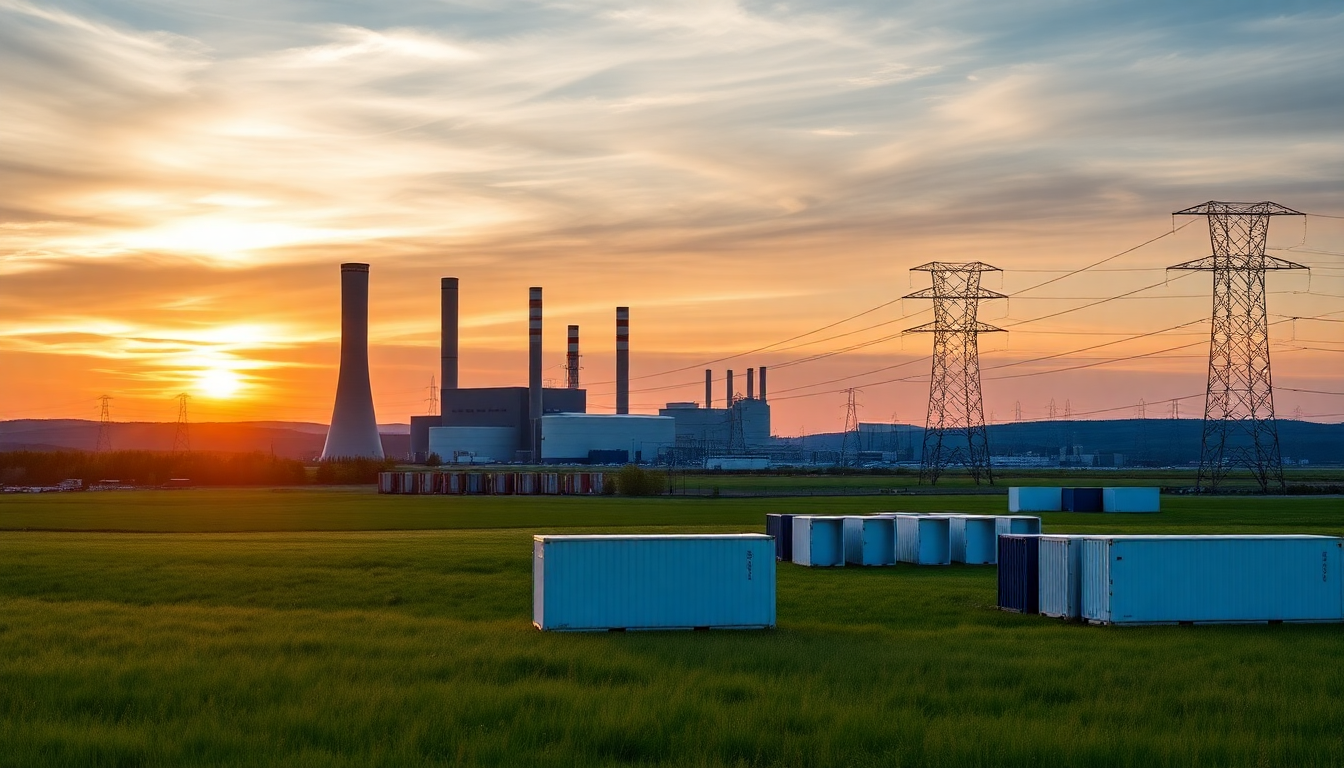Table of Contents
In the ever-changing world of Alberta’s energy market, Capital Power Corp. is setting its sights on a promising opportunity: data centre operations. They’re looking at the Genesee Generating Station as a prime location for a large-scale data centre.
But here’s the catch: Alberta’s grid operator has imposed tight electrical connection capacity limits, making this a tricky path to navigate. Let’s explore what Capital Power hopes to achieve, the challenges they face, and what the future might hold for this exciting sector.
The Current Energy Landscape in Alberta
Alberta’s energy scene is in the midst of a major transformation, especially with the Genesee Generating Station’s shift from coal to natural gas. This impressive $1.6 billion investment has boosted capacity by 60% while slashing greenhouse gas emissions by 40%.
Not only does this signal a strong commitment to sustainability, but it also positions the plant as a viable player in the rapidly growing data centre market. The Alberta government has ambitious plans, aiming to attract a whopping $100 billion in data centre investments over the next five years.
Can you imagine the potential growth in this sector?
However, merging this ambitious vision with the reality of electrical connection capacity is proving to be a challenge. Recently, the Alberta Electric System Operator (AESO) imposed a temporary cap on grid connections, limiting new projects to just 1,200 megawatts through 2028.
This decision comes as a response to a surge in demand, with AESO receiving requests for over 16,000 megawatts from 29 proposed data centre projects. Talk about competition! These figures really underscore the need for strategic planning in the region.
Capital Power’s Vision and Strategic Concerns
Capital Power’s CEO, Avik Dey, has a clear vision for the Genesee site as the ideal spot for a dedicated data centre. With its access to vital infrastructure like fibre optics and robust transmission capabilities, it’s a strong candidate for operations that demand a lot of energy for both power and cooling. Yet, the current Phase 1 limits imposed by AESO are a significant hurdle. During a recent analyst call, Dey voiced concerns that pursuing a 1,000-megawatt project under these constraints simply isn’t feasible, leading the company to hold off on smaller initiatives for now.
This strategic pause reflects a broader sentiment among energy producers in Alberta, who are navigating a complex landscape of regulations and market demands. Dey’s comments highlight the urgent need for collaboration with AESO and government entities to push for adjustments to the current limits. After all, if we want to keep up with the rapid changes in technology, we need to ensure our energy infrastructure can keep pace.
Financial Implications and Future Outlook
On the financial front, Capital Power is facing some tough scrutiny. The company recently reported a hefty net loss of $132 million for the second quarter, a stark contrast to the profits of the previous year. This downturn can be attributed to a drop in revenue and the recent acquisition of power facilities in the U.S., showcasing the volatility that comes with aggressive expansion strategies. With an expected rise in capital expenditures, it’s clear that smart financial management will be essential moving forward.
As Alberta continues to evolve into a hotspot for data centre investments, Capital Power’s journey highlights the delicate balance between energy supply, regulatory hurdles, and market demands. The next few years will be crucial in determining how well the company can align its aspirations with the realities of Alberta’s energy landscape. Stakeholders will undoubtedly be keeping a close eye on any policy shifts or infrastructure developments that could open doors to new opportunities in this promising sector. Are you ready to see how this unfolds?





